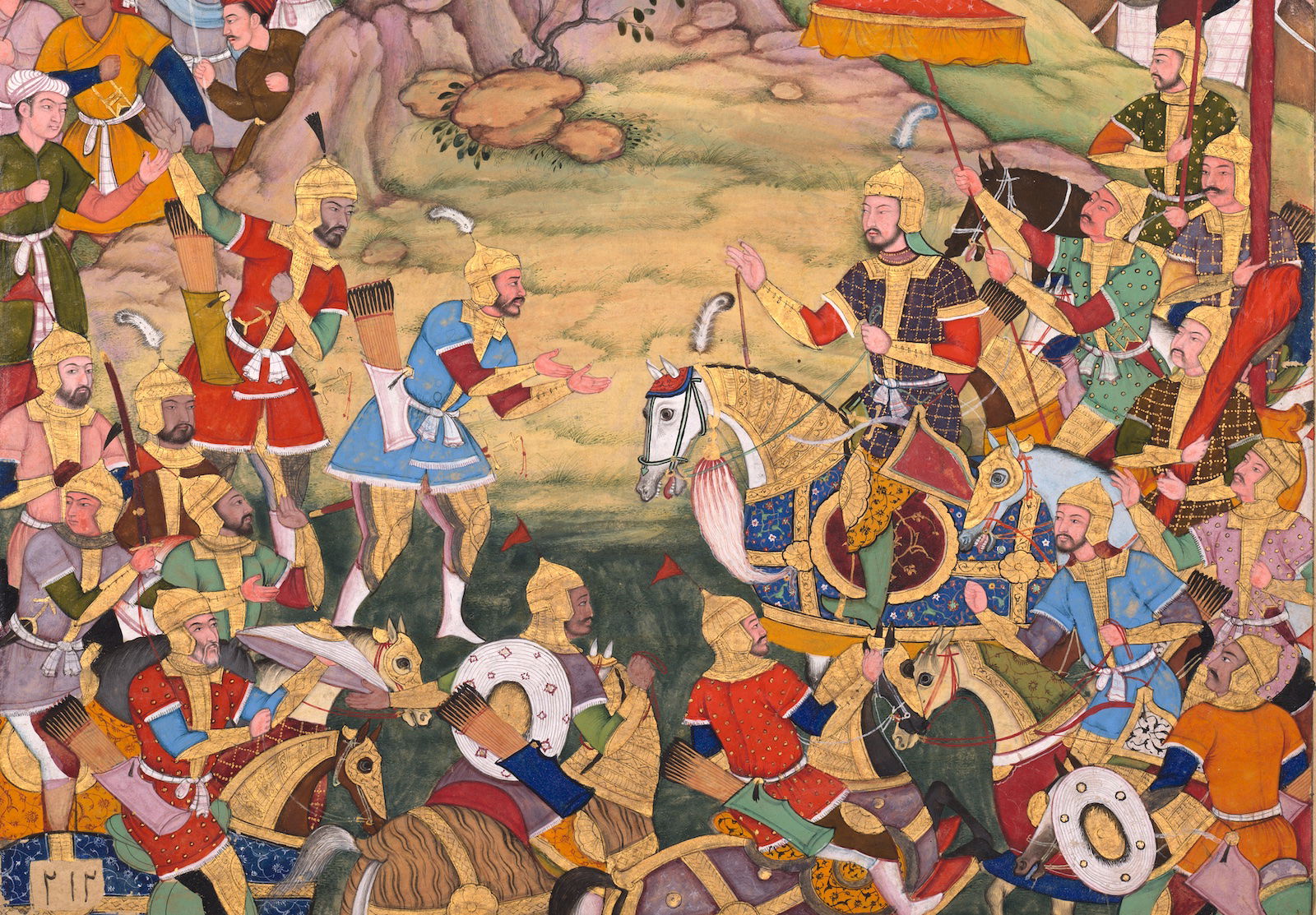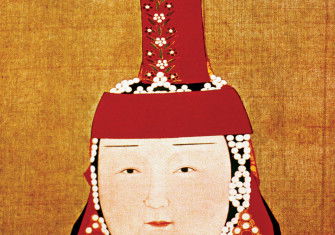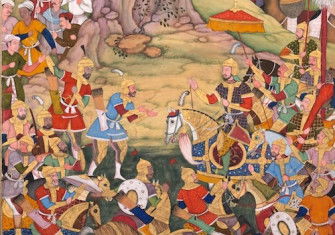Empires of the Steppes by Kenneth W. Harl review
Empires of the Steppes: The Nomadic Tribes Who Shaped Civilisation by Kenneth W. Harl is a rollercoaster of historical narration.

Absorbed in Kenneth Harl’s Empires of the Steppes I was aware that less than a tithe of what I was reading would be remembered by the end of a week. The book is a rollercoaster of historical narration, covering 45 centuries of relentless conflict emanating from the grassland steppes in Central Asia. Such is the nature of epic works: readers of John Julius Norwich’s three-volume history of Byzantium or Steven Runciman’s three-volume history of the Crusades will know the enchantment of history embellished by a blizzard of names which each take their turn to strut and fret their hour upon the stage, and then are heard of no more. Among the swirl we learn that Josephus, the historian of the Jewish revolt, observed Sarmatian cavalry first hand when one of their raids sliced into the Near East in ad 72, and that the very last Roman emperor of them all was the son of the man who ran Attila’s chancellery. We meet Yelü Dashi, the inspiration for Prester John, and follow Hulagu Khan as his forces storm the mountaintop castles of the Assassins on his way to destroy the caliph at Baghdad. The world of the steppes is brutal: among the more memorable takeaways is the revelation that the Mamluk ruling class that dominated medieval Egypt was comprised of Kipchak boys, each of whom had been kidnapped by Mongol horsemen, sold to Venetian and Genoese slave traders on the Black Sea shore, shipped to Egypt and there purchased and trained in the slave army of the sultans. The focus of this book is not so much the indigenous nomadic societies of Central Asia, but on how they impacted their ‘civilised’ neighbours.
The timescale will challenge many readers, as will the constantly shifting geography. Harl turns from events that affected the ancient Chinese dynasties, to those that impacted on the medieval states that dominated the Middle East, and then shifts to the frontiers of the Eastern Roman Empire and the Christian kingdoms that stood in its wake. But the irresistible strength of the cavalry armies that emerged from the steppes was based on the forbidding climate of Central Asia: an oven in summer, a blizzard in winter and a paradise in spring. The steppes are vast, stretching over 6,000 miles of grassland between the Danube and the Amur. By 3500 bc, the various scattered communities of hunters and sheep herders had domesticated the horse, and soon after developed wheeled ox-carts to carry their families and felt tents with them. The ensuing mobility can be traced by the wide dissemination of Indo-European culture, followed by wave after wave of further invasions, empowered by such steppe inventions as the chariot, the stirrup and, most potent of all, the composite bow and the armoured knight.
It is fascinating to discover how much restless, murderous energy was spent on internal fighting against rival clans, tribes and confederations. There were no wars that could not be won were the nomad tribes to unite, but there was always a geographical determinant at work that placed a limit on their expansion. They required grassland for their horses, which for a cavalry army could number hundreds of thousands. Though there were noble lineages among the tribes, a remarkable equality in dress, diet and work helped bind warrior society together. The understanding that leadership could only be achieved through violence and maintained by cruelty was balanced by religious tolerance.
I have only one complaint. Despite its scope, the book is too short. I wanted to learn more about yoghurt and yurts, blood and milk, circular patterns on textiles and tattoos. Harl stops his narrative too soon; rather than concluding with Timur, the reader wants to see the 5,000-year-old confederacy of Turkic knights in its death throes, marked by such battles as Chaldiran and Geok Tepe.
Empires of the Steppes: The Nomadic Tribes Who Shaped Civilisation
Kenneth W. Harl
Bloomsbury, 576pp, £30
Buy from bookshop.org (affiliate link)
Barnaby Rogerson is publisher at Eland Books.






